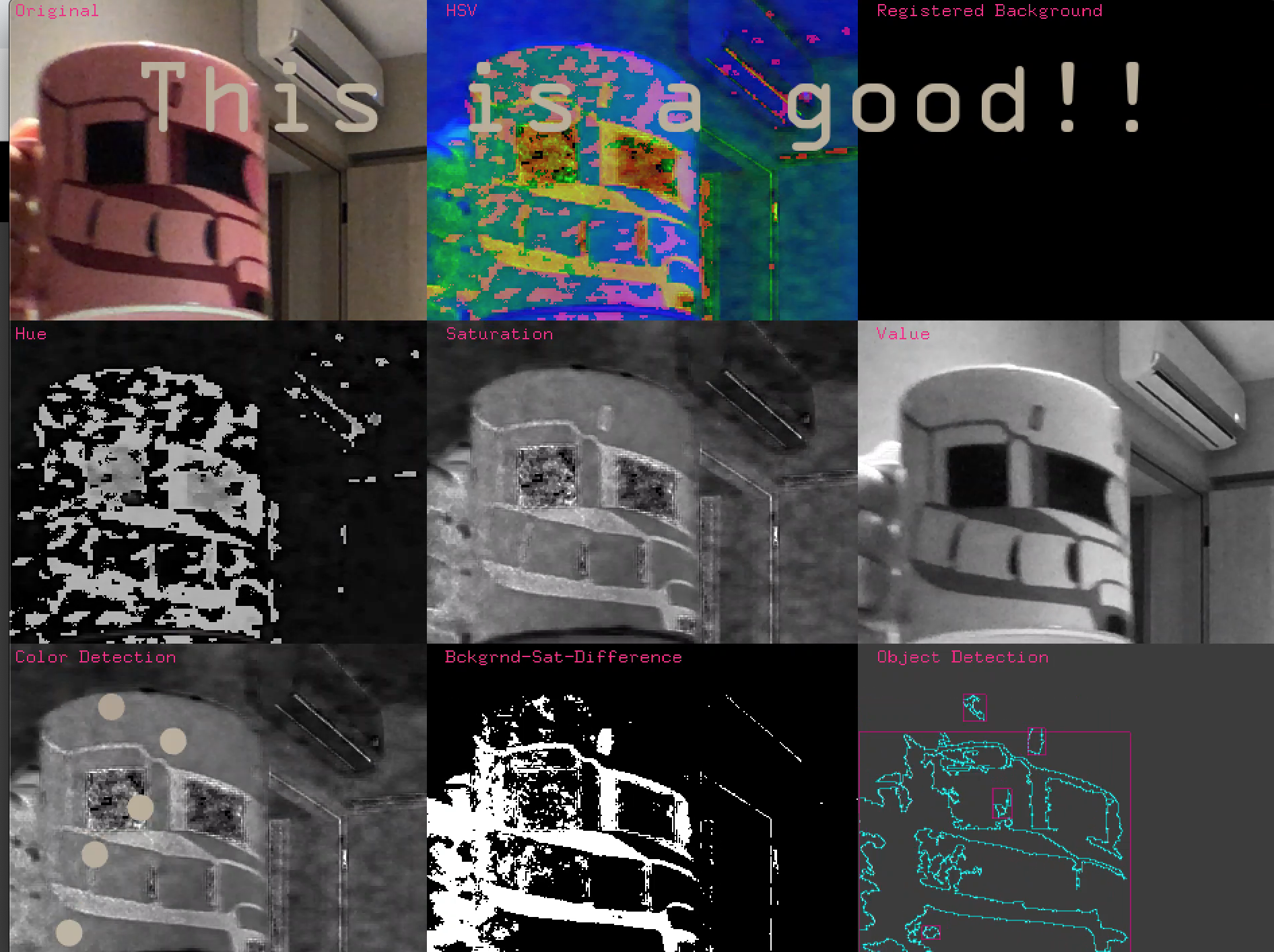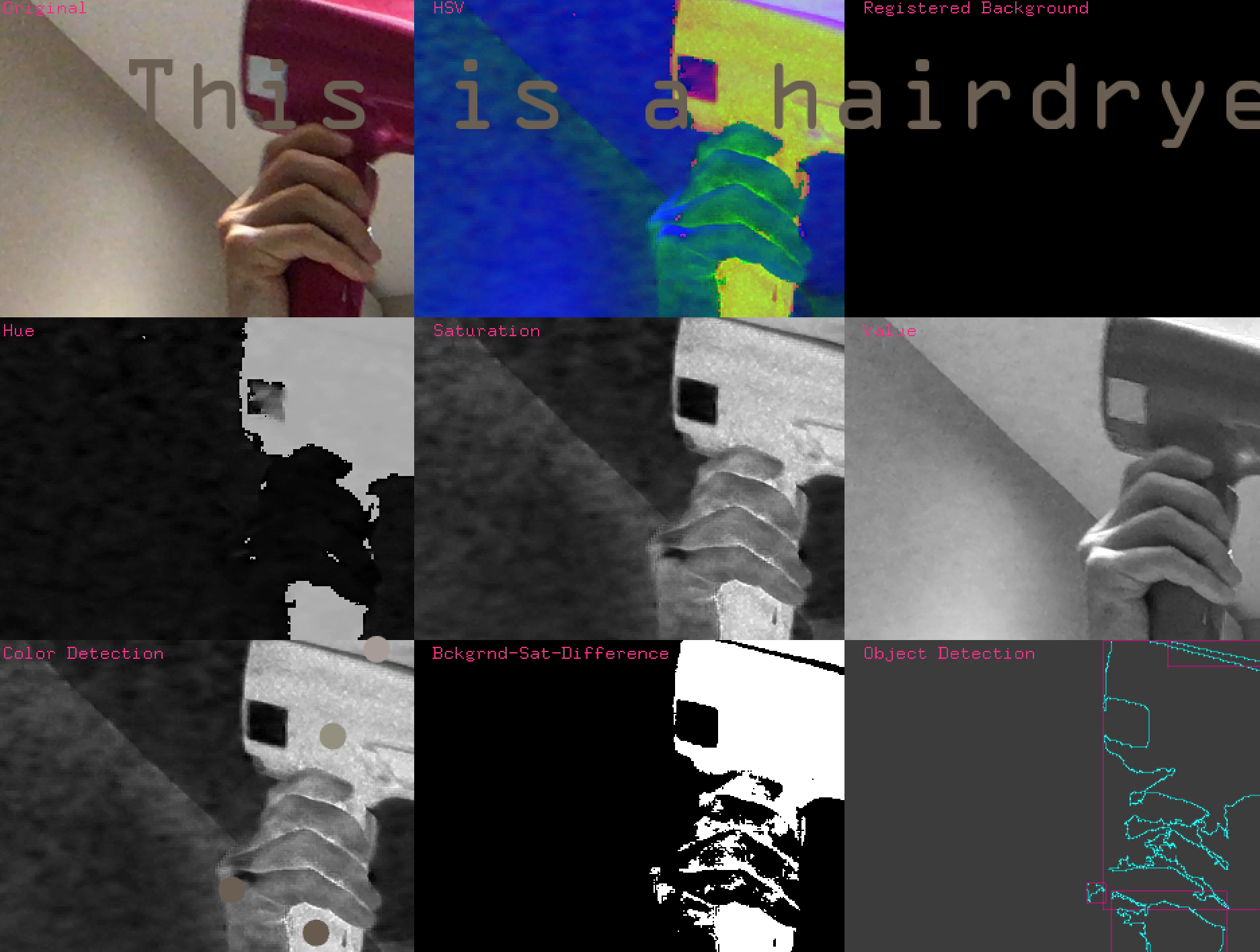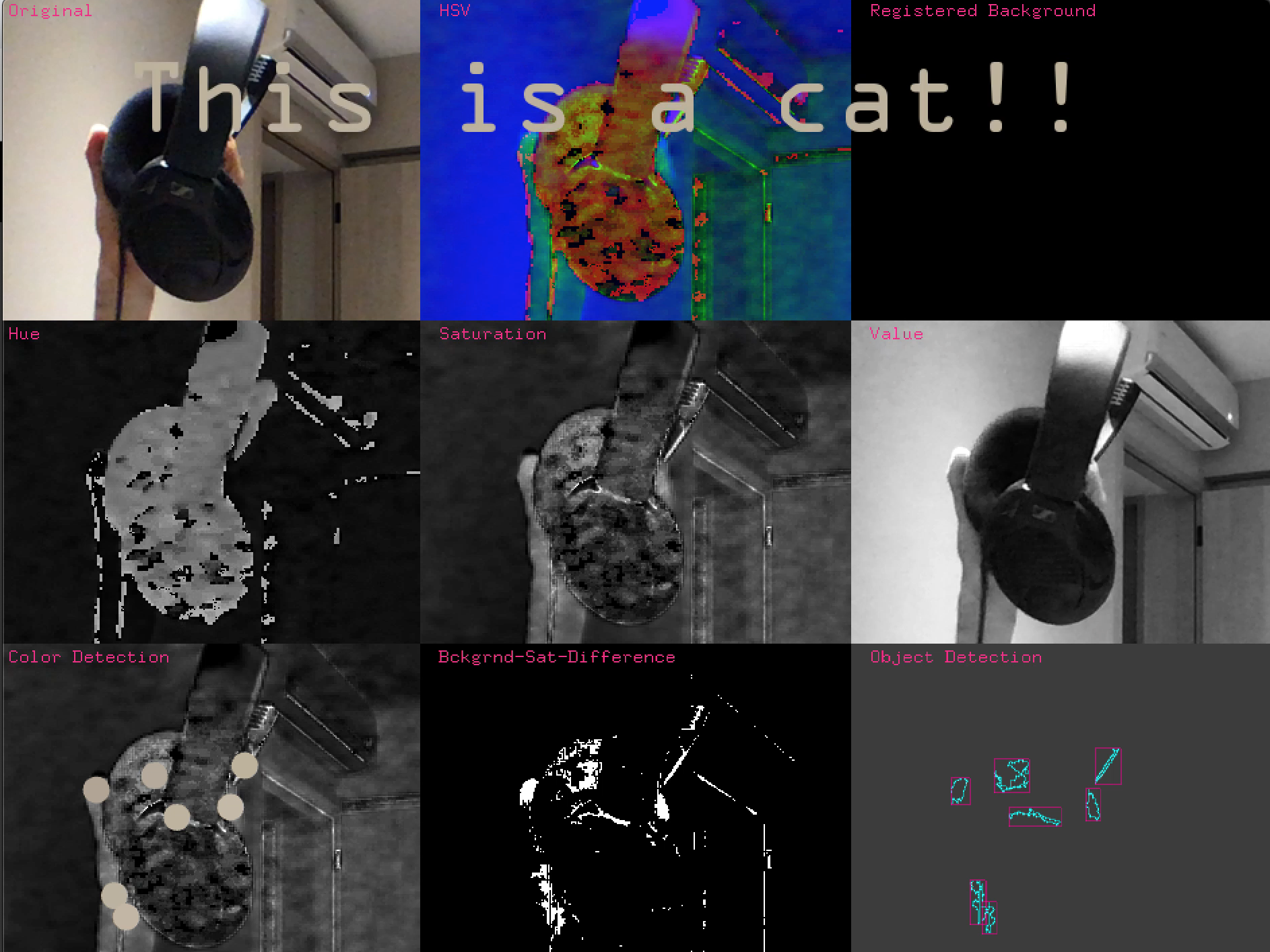I Cannot Recognise
This is a work using object detection to mislabel objects in different senario. Pointing out how people trust on those algorithms as truth and consider the black box completely reliable as a social commentery.
produced by: Yu Hsuan Liao
Intro
Camera is constantly capturing and storing our faces and objects images as data since the device is invented. Companies and governments are using object detections to classify different objects and human. People use it as standard to identify, correct, and recognise. However, algorithm is such a blackbox that no body except designer will know the logic and standard used to calculate the result. It’s so easy to manipulate and implant information that might not be 100% correct in people.
Through this work, I also wanna explores the questions associated with what might be thought of as the social power of algorithms. There are series of issues associated with the functionality of the algorithms and how these functions are powerfully deployed within social world. Algorithm is so powerful that it’s shaping ways of how people seeing the world. There are so many different perspectives such as racism, feminism, culturalism and so on that relate to algorithm. In this project, I let randomness to decide the classification as a disobedient object. I want to point out how and what we’ve been believing in some “facts” dramatically. Society let a handful of people decide what they see and think is an implicit way of mind control. I hope audience will be entertained at first by how ridiculously inaccurate it is and think about how they have been leaded by this machine in daily life. By adding in audio effects, it enhance and strengthen the whole experience by generating real time sounds based on the detected objects.
Technical Difficulties
Machine learning is a really hard task I need to tackle in this project. As long as I dig deeper, I find the formulas and calculations are too complicated to understand in a short period. So I shifted my path to detect objects inaccurately. But breaking down image classification code is still essential to build my own classification. In this work, I’m using openCV to classify arbitrarily sized images. If more time is allowed, I will try to use other libraries such as Scikit-image to test the result.
Future development
Building a database of classificationIs will be interesting for different circumstances. For example, when the work is displaced for exhibition in a gallery or showroom, there can be classifications like: artwork yet framing human instead of artworks, money yet framing artworks instead of real money. The effects will be very different when it is displaced in different corners, cities or countries. Algorithm may be a formula without emotion, however, the social impact it bring is enormous and effecting our daily life. I think there is necessity for everyone to know what it’s effecting and how it’s redefining our society.The audio part can be improved by building a playlist beforehand for different circumstances. Using audio to bridge up the objects in the scenario and stimulate different senses. Whether using the audio like simple sound waves with different Hz or songs that created by other artists will create different effects when applied in different situations.
Source code:
Nico Reski, Web: http://reski.nicoversity.com
References:
David Gareth Beer, "The Social Power of Algorithms", Aug 2016
Donna Haraway, "A Cyborg Manifesto", 1985
Daniel Dennett, "From Bacteria to Bach and Back: The Evolution of Minds", 2017



































































